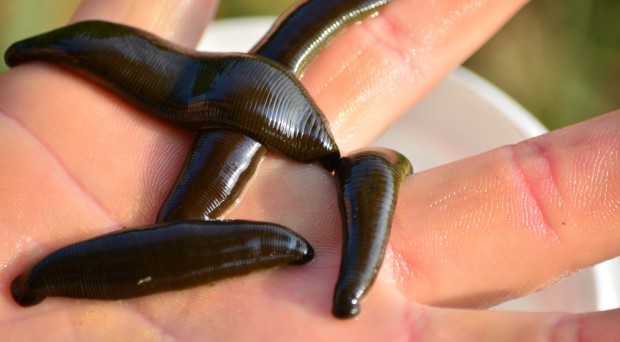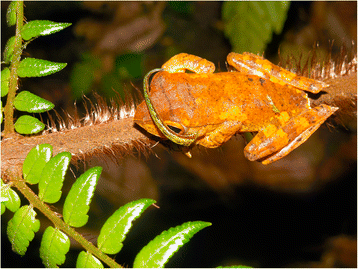
Answering key questions in applied ecology
Some of the most basic, yet remarkably important questions, in applied ecology are ‘What animal species are where?’ and ‘How many of species X are there at location Y’? In an era of rapid technological development, and a world in which apparently no one can hide from those who care to try hard enough to find them, it may therefore come as a surprise to many that its actually remarkably difficult to answer these questions.
There are several obvious reason for this. Firstly of course, our planet is simply a very big place. Secondly, many animals are simply small, thus hard to see. Thirdly, many animals evolved to stay hidden.
Ultimately therefore, even some of the largest animal species can be challenging to spot in certain environments – a fact I first learnt several decades ago in the jungle of Borneo, where an elephant materialized just meters in front of me, glared at me, and (once I’d rapidly retreated), vanished as quietly as it appeared.
Ultimately therefore, it is very hard to generate good inventories of species distributions. Although there are many good reasons why we need such information, one of the reasons that particularly interests my colleagues and I, is to aid conservation related management decisions.
Whether an aim is to provide arguments as to why one block of forest may warrant conservation over a second, or is to directly auditing whether implemented conservation actions yield any benefit, accurate information on what animals are present is key.
Obtaining DNA from the gut

There are many ways to generate such data. At the most basic of course, are visual observations, although as already mentioned, these can be very difficult.
Additional sources of information may be gleaned from tracks, faeces, or the replacement of human eyes with camera traps or even drones.
Since the 90s, this tool kit has been further expanded to use non invasively obtained DNA samples – for example DNA recovered from shed hair.
And in the last decade or so, a number of teams have taken such analyses one step further, reasoning that given so many invertebrates feast directly on animals, perhaps its easier to catch the invertebrates than the hosts, and as long as DNA is retained in the invertebrate guts, powerful genetic approaches can be used to generate sequence data derived from the meal.
Such techniques appear to have great promise. To date, different research teams have demonstrated that a wide range of blood and carrion feeding species, from ticks, to mosquitos, to carrion flies and even the focus of our work, leeches work in this regard.
The future of this technique
In many cases the results are sufficiently encouraging that many applied conservation organizations, are expressing strong interest in their application in the field.
In many cases the results are sufficiently encouraging that many applied conservation organizations, are expressing strong interest in their application in the field – for example the WWF and WCS are at this time actively collecting leeches in South East Asia to aid their efforts in protecting the saola, possibly the world’s most enigmatic mammal.
Unfortunately however, promise is not the same as proven use. While yes, the methods are attractive, and yes, they can provide snapshots of animal presence in an area, it is not at this time point clear as to whether the data generated is suitable for the applications that conservationists may have in mind.
In general, incorporation of any monitoring data requires analysts to adopt steps that account for method specific quirks or biases. This in turn requires a solid understanding of the limitations and power of such methods – something that my colleagues and I feel is lacking for the invertebrate means of species detection.
Thus the focus of our recent article in Frontiers in Zoology – that we hope will help encourage and guide research into the leech DNA system so as to provide a truly useful tool.
- How can we effectively use invertebrates to monitor vertebrates? - 8th October 2015
Comments